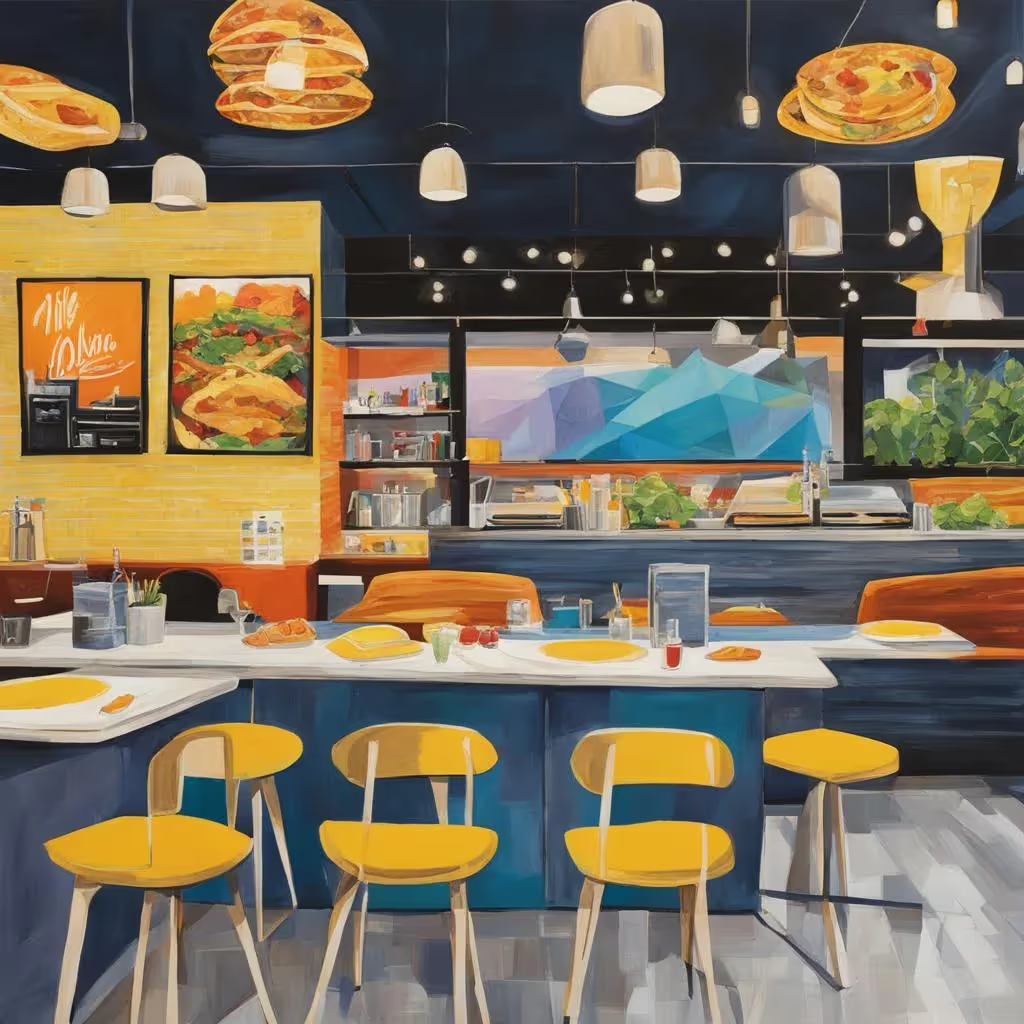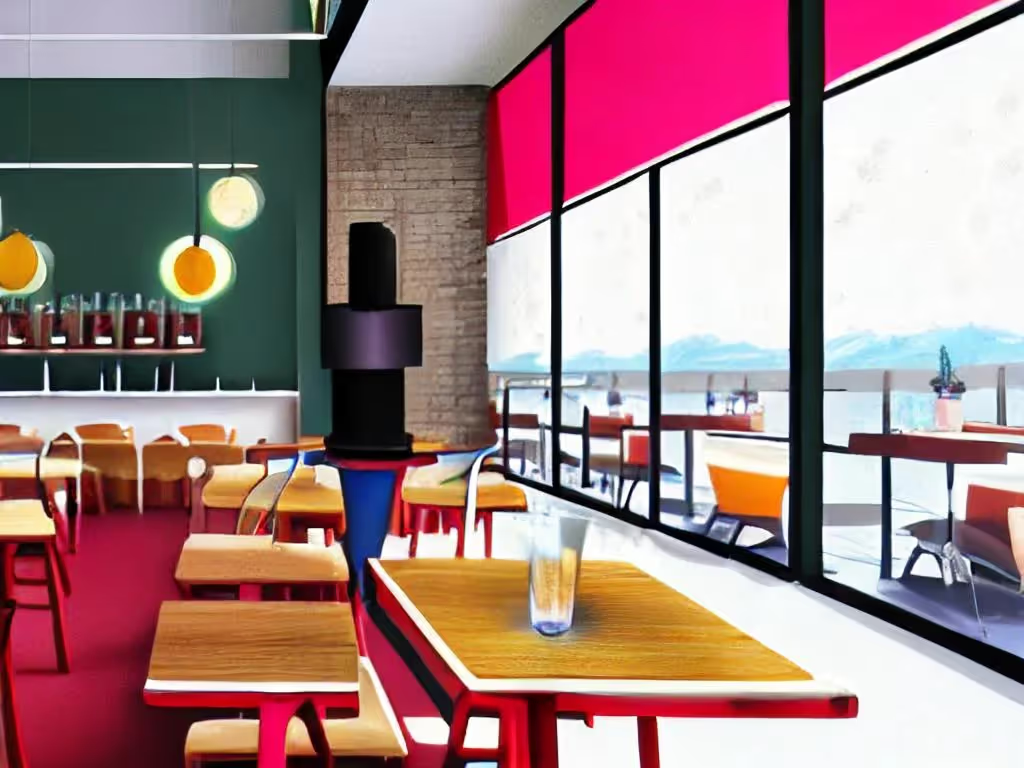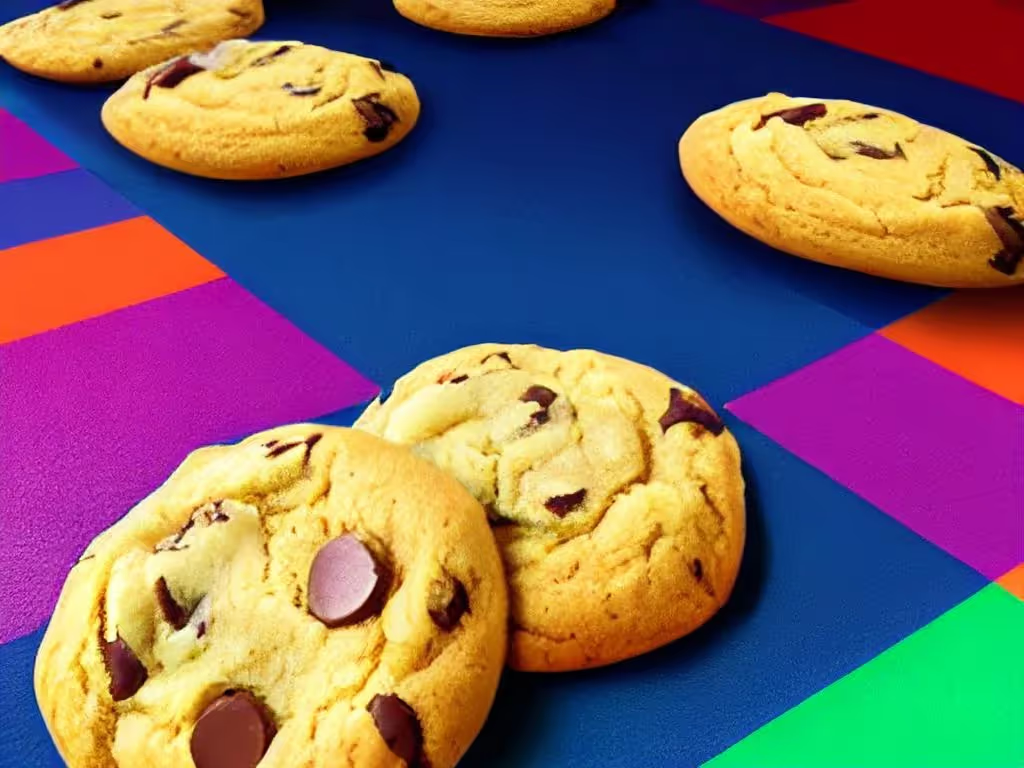TLDR
Office workers know how messy group meal planning can get. Someone has to collect everyone’s choices, another person tries to keep track of totals, and the whole thing turns into a long chat thread with last-minute changes that stress everyone out. Restaurants feel this pressure too when large orders reach the counter in a confusing way. A shared cart solves this problem. It gives teams one link that everyone can use to add their own items, and it gives your restaurant a clear and organized order that is easy to prepare. Holiday months bring even more group meals, and a recent industry update showed an increase in large order activity during these months. This makes this November a strong moment to introduce Group Ordering to your customers. With the right launch steps, you can create fresh awareness, support office planners, and turn this feature into consistent seasonal revenue.
.png)
Phase 1: Prepare Your Web Ordering Experience for Shared Meals
Customers often decide within seconds if an ordering page is easy to use. A clear layout helps them notice the new shared cart right away, which encourages them to explore it without hesitation.
Add Simple Visual Cues on Your Site
Place a clear message at the top of your site that tells visitors they can order together as a group. This helps new and returning customers understand that your place supports shared meals for office teams, friends, study groups, or any situation where multiple people need to place items in one cart. Keep the message short so it does not take attention away from your menu.
Use Menu Footers for Subtle Guidance
A simple note near the bottom of your menu can remind visitors that your location supports shared orders. This small message is enough to make them pause and think about office lunches, end-of-year gatherings, or any group activity they might be planning.
Highlight Everyday Situations Where Groups Need Ordering
Groups form for many reasons. Coworkers plan shared meals, friends meet after work, families place larger orders, and students order together when studying. These moments happen all year, and customers appreciate tools that remove extra steps. Per Diem Group Ordering helps restaurants by giving people one shared cart where each person can add their own items with no confusion. Your goal is simply to help customers see that this option is available whenever they need to order together, no matter the setting or the time of year.
Phase 2: Announce Group Ordering to Your Existing Customers
Reaching your current customers is the fastest way to build early traction for Group Ordering. These are the people who already enjoy your food and often plan meals for others. Here are the best ways you can deliver the announcement to them:
Email and SMS: Deliver a Direct and Clear Message
Email and SMS are the most reliable ways to reach people who already buy from you. Both channels work well because customers check them often and respond quickly to simple instructions. Your message should explain the feature in a straightforward way and show how easy it is to use.
A strong Email or SMS announcement should cover three points.
• Start a shared cart.
• Invite others to add their items.
• Place one clean group order with no confusion.
The message should include a direct link that sends customers straight to your Web Ordering page. Keep the copy short, warm, and practical so readers understand the value in seconds.
Social Posts: Build Quick Awareness With Simple Visuals
Social Media helps you reach customers who may not open every email but stay active on Instagram or other platforms. You do not need long explanations or polished campaigns. Short posts that show how the shared cart works are usually enough to spark interest.
Good examples include:
• A quick clip or image showing someone adding items to a shared cart.
• A simple illustration of how the link gets sent to friends or coworkers.
• A short caption that highlights how easy it feels to order together.
Posting these two or three times a week during your launch window helps people notice the feature without feeling overwhelmed.
Activate web ordering and help your customers enjoy easy group orders.
Phase 3: Build Awareness Inside Your Store
Your store is one of the strongest places to introduce Group Ordering because customers are already thinking about your food. When people pick up meals, wait in line, or order with friends, they are more open to learning about new ways to order from you online. Simple reminders inside your space can help customers associate your restaurant with an easier group meal experience.
Use Small In-Store Cues That Customers Notice
A small card near your register or pickup station can introduce the idea of shared carts without interrupting your space. Customers often look around while they wait, which makes this a perfect moment for discovery. A short message that invites them to explore group ordering is enough to make them curious. Adding a QR code helps them check the feature later without searching for your link.
Guide Your Team to Mention Group Ordering
Your staff plays an important role in shaping customer understanding of new features. They already talk to guests throughout the day, so mentioning the shared cart becomes easy when the moment feels natural. If a group orders at the counter or someone picks up multiple drinks or meals, a short and friendly reminder from staff can help customers see how the shared cart makes life easier. It should always feel like helpful guidance, not a sales script.
Here are 9 creative ways to promote group ordering in-store.
Phase 4: Create Early Engagement With Push Notifications
The first few shared carts are important because they build confidence for your customers and help your team understand how the feature fits your workflow. A short and focused push alert with an incentive encourages early adoption.
Offer an Incentive That Encourages Customers to Try It
A simple reward for starting a shared cart during the first two weeks can spark early usage. This can be a few extra loyalty points or a small store credit added automatically. Since points and store credit already work in Web Ordering, customers will feel comfortable trying the feature right away. The value does not need to be large. The purpose is to create movement and prompt customers to try the shared cart at least once.
Explain the Benefit So Customers Understand the Value
People appreciate clarity when learning something new. A short line that explains how the shared cart saves time, keeps items organized, and removes the need to collect separate orders can make a big difference. When customers understand how the feature removes stress from their planning, they become more confident about using it for group meals. Once they try it and see how easy it feels, repeat usage happens naturally.
Phase 5: Showcase Early Group Activity to Build Momentum
Once a few shared carts come in, you can use these early moments to encourage more customers to try the feature. This works well because people trust what they see, and real activity helps customers understand how naturally the shared cart fits into everyday ordering. The goal here is simply to highlight genuine usage in a friendly and consistent way.
Share Quick Real Moments That Reflect Actual Use
Simple updates can show customers that people are already using the shared cart. These do not need long explanations. Short highlights are enough to create interest.
You can share:
• A quick thank you post for a recent group order
• A short mention that a team placed their lunch through a shared cart
• A simple photo of a group order ready for pickup with a brief caption
These small moments help people feel that the feature is active and trusted.
Use Natural Social Proof to Build Customer Confidence
Customers often feel more comfortable trying something new when they see others doing the same. Showing real group activity helps them picture how the shared cart works in their own routine.
You can try:
• Posting a story showing a group order being packed
• Sharing a short message about how easy the shared cart made a recent team meal
• Highlighting a repeat group customer without using their name
These actions build confidence and encourage more customers to explore the feature.
“Since 95 percent of the people are imitators and only 5 percent initiators, people are persuaded more by the actions of others than by any proof we can offer.” - Robert B. Cialdini
Phase 6: Keep a Clear and Consistent Call to Action
A successful launch relies on repetition and consistency. Customers need to see and hear about the feature in a few different places before it becomes part of their habit. A single clear call to action keeps your messaging focused and helps customers remember how to use the shared cart without confusion. Consistency builds recognition, and recognition leads to action.
Use One Simple Line as Your Main Message
Choose a short message that explains the value in everyday language. For example, a line inviting customers to order together through your shared cart can be used across your online and in-store surfaces. This message should appear in places where customers look, such as your website banner, your app banner, your pickup area, your email signature, and your social posts. Seeing the same message across different touchpoints helps customers understand that group ordering is always available.
Place Your Call to Action in Strategic Spots
Your call to action should appear where customers are most likely to make a decision. On your website, place it near the top of the ordering page. In your app, announce it as a homepage banner or a post. Inside your store, place it near your register or pickup table. For social platforms, use it in the caption of your posts or as a pinned message. When the line appears in predictable and relevant places, customers will understand the feature with less effort, which increases the chance that they try it.
Phase 7: Build a Long-Term Plan for Group Ordering
Once the feature is active and customers begin using it, you can start thinking about long-term opportunities. Group Ordering is not limited to any season. People plan shared meals all year, and your restaurant can benefit from this steady demand by keeping the feature visible and supported throughout your operations. A long-term plan ensures that the shared cart becomes a reliable part of your online ordering experience.
Identify Repeating Moments That Lead to Group Meals
Certain times create recurring opportunities for shared orders. Offices often plan weekly team lunches. Friends meet for study sessions or project discussions. Families order meals together during weekends. When your restaurant recognizes these patterns, you can adjust your messaging to match common routines. These small moments add up and turn group ordering into a consistent source of revenue.
Refresh Your Messaging at Key Times
You do not need a large campaign every time you want to promote the shared cart. Short reminders during busy periods can help customers remember the feature. A clean banner on your site, a brief email, or a small update on your social channels is enough to keep interest alive. This creates ongoing visibility without overwhelming your audience.
Final Thoughts
Group Ordering gives your customers an easier way to plan shared meals and gives your restaurant a cleaner, more efficient path to larger digital orders. When you introduce it with steady communication and clear guidance, customers quickly see the value and begin using it for their everyday group moments. It cuts down on mistakes, saves time for everyone and turns scattered group decisions into one organized order your team can prepare with confidence.
Launch Web Ordering today, highlight it across your channels, and give your customers the easiest way to order together.




.webp)
.avif)
.webp)
.webp)
.webp)
.webp)

.webp)








.svg)





.svg)
.svg)


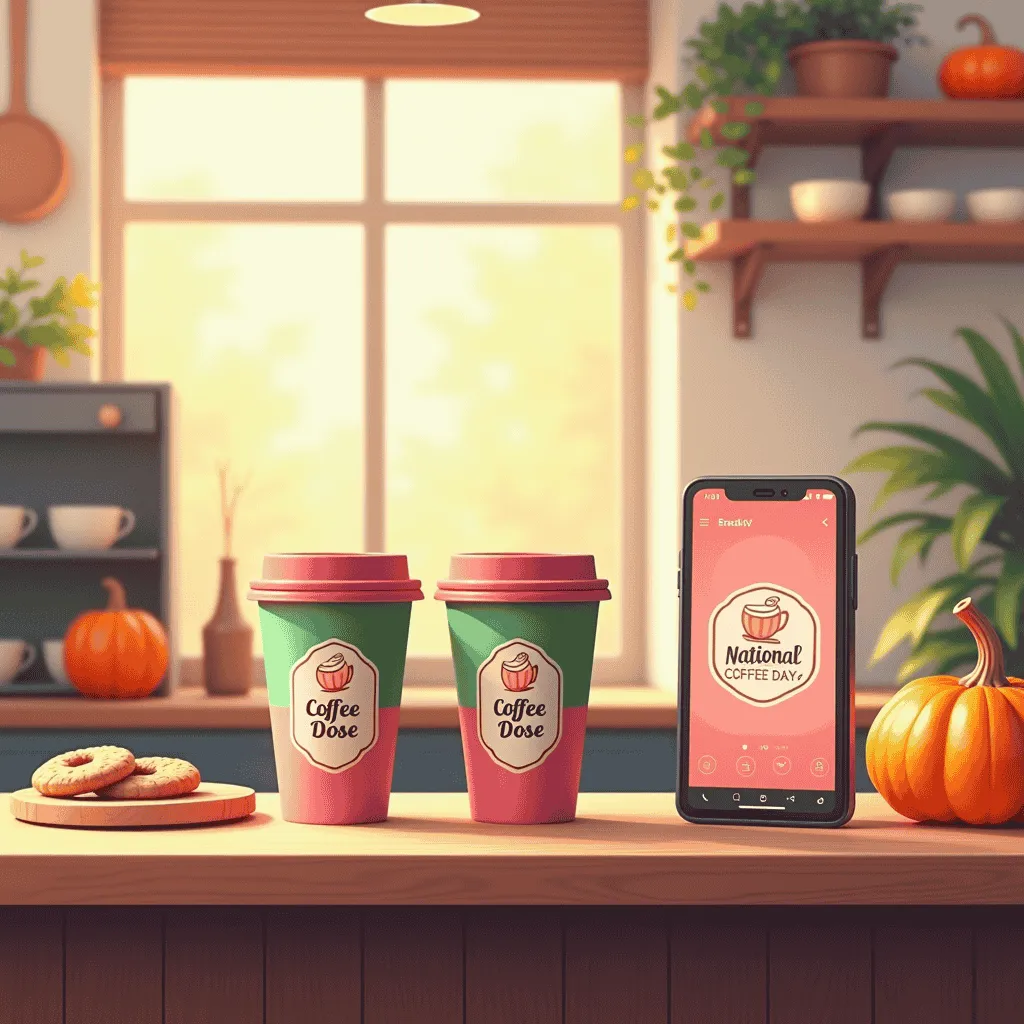

.avif)
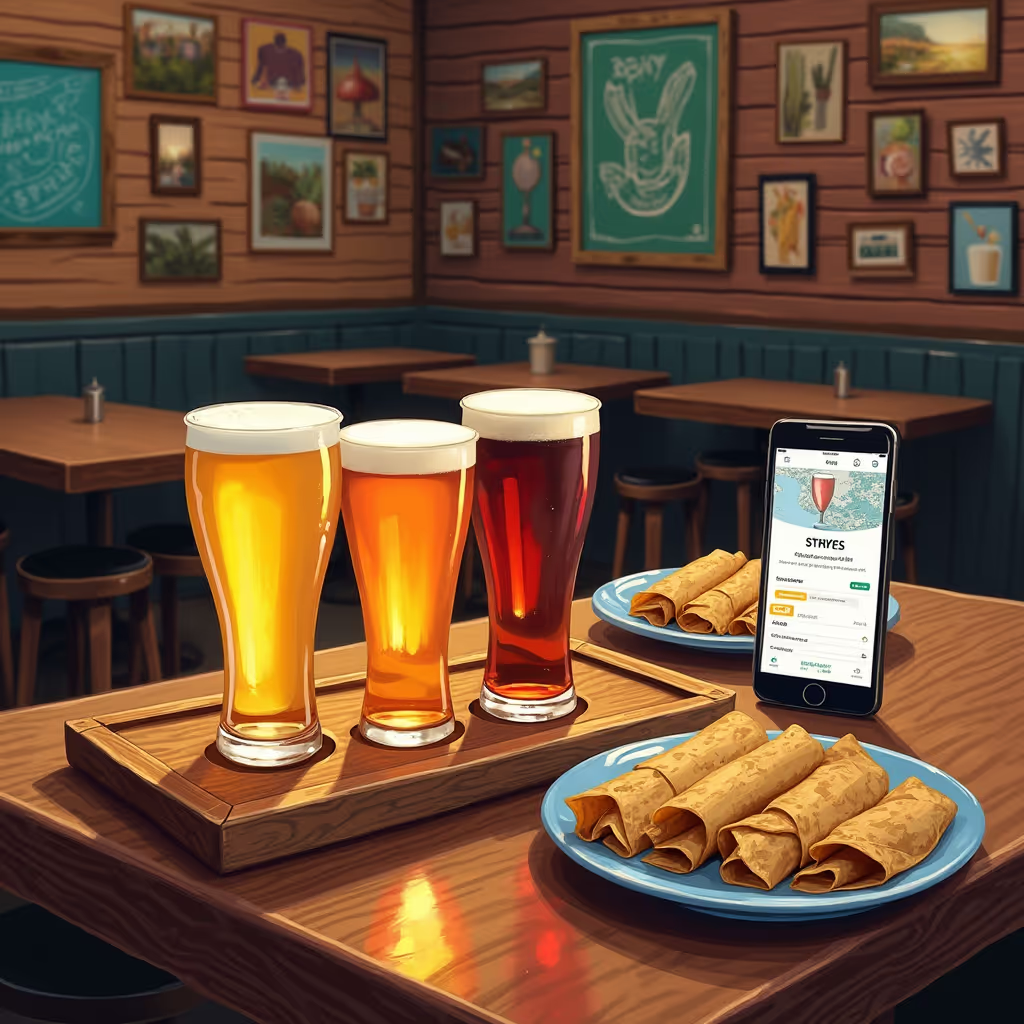

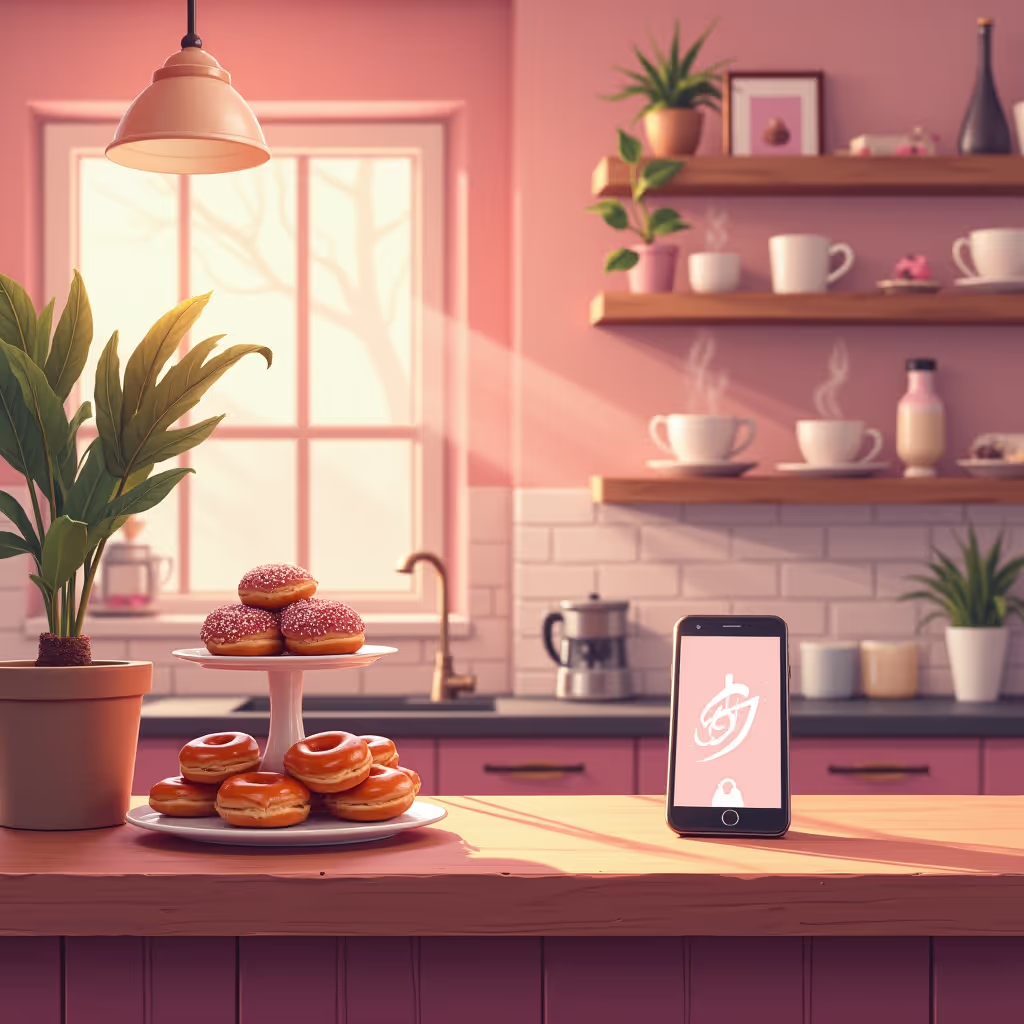
.avif)
.avif)
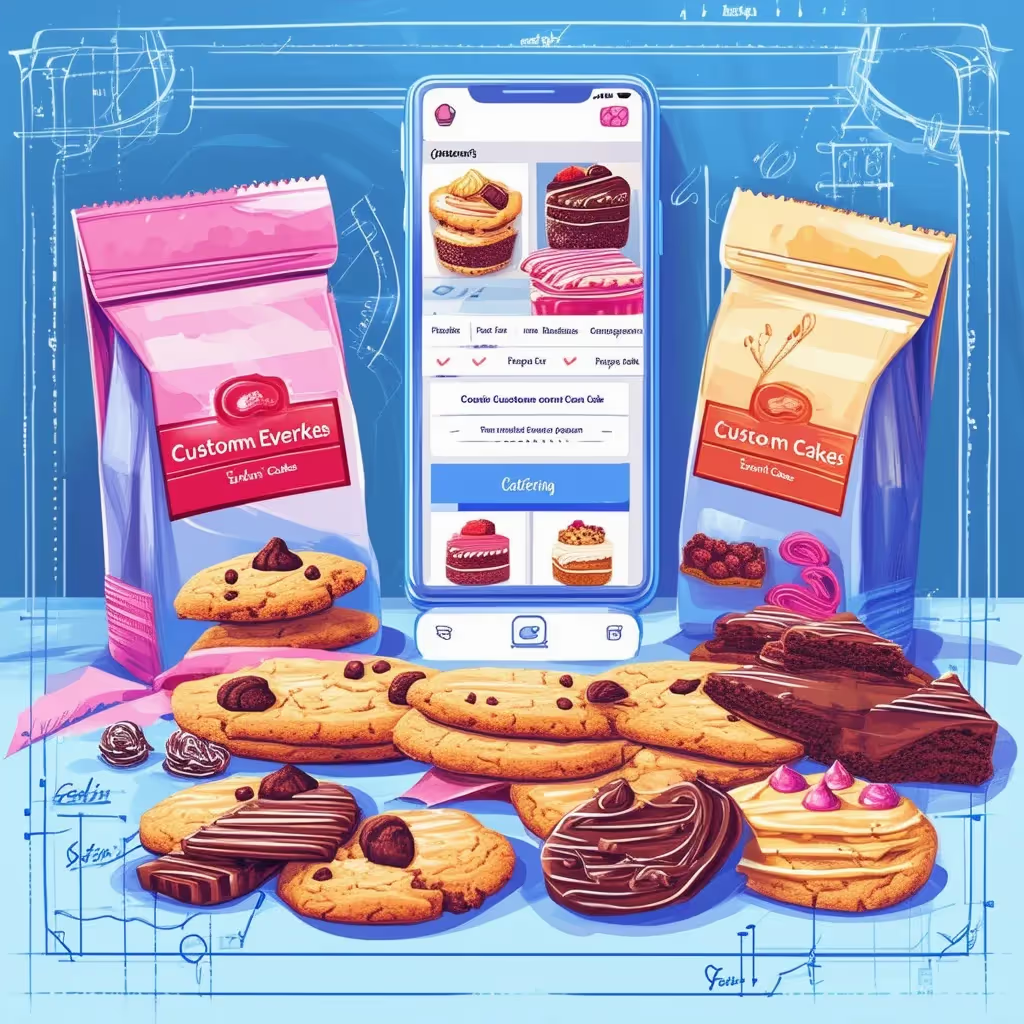
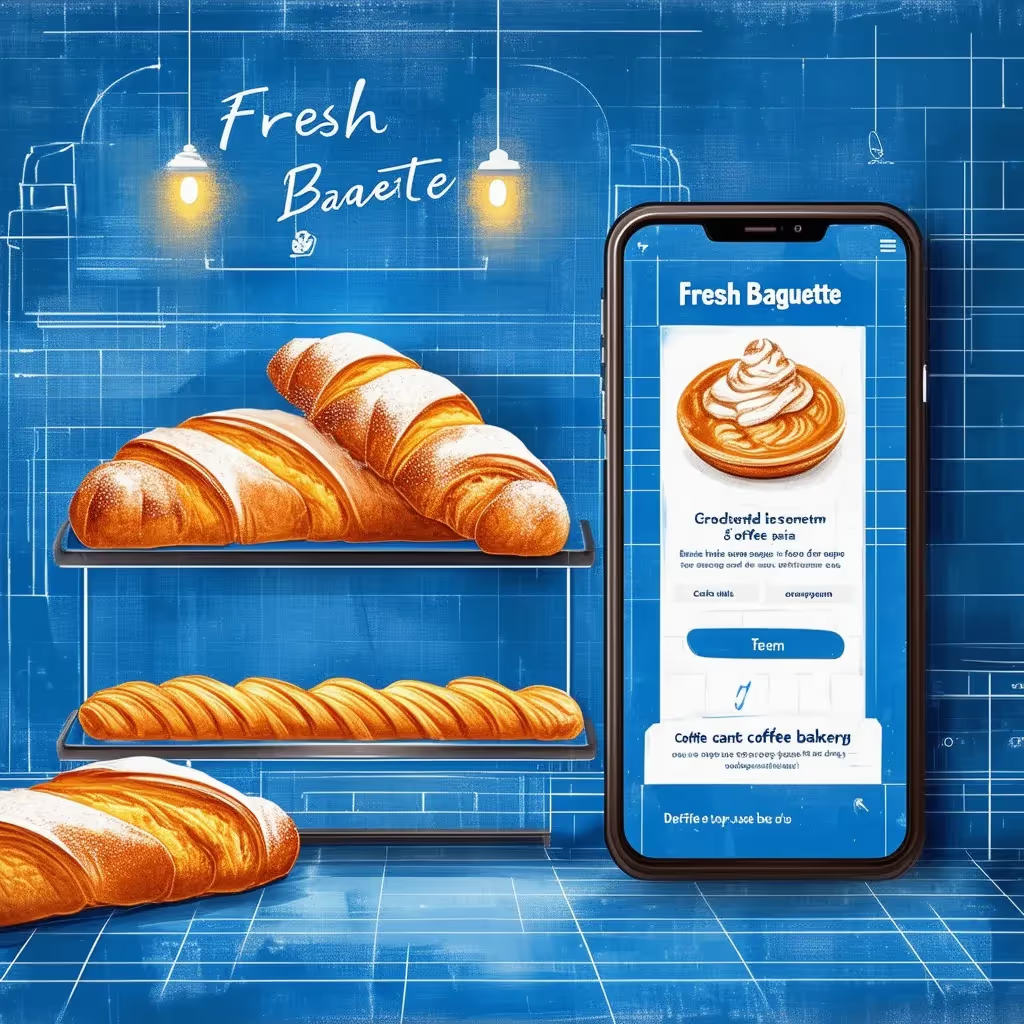
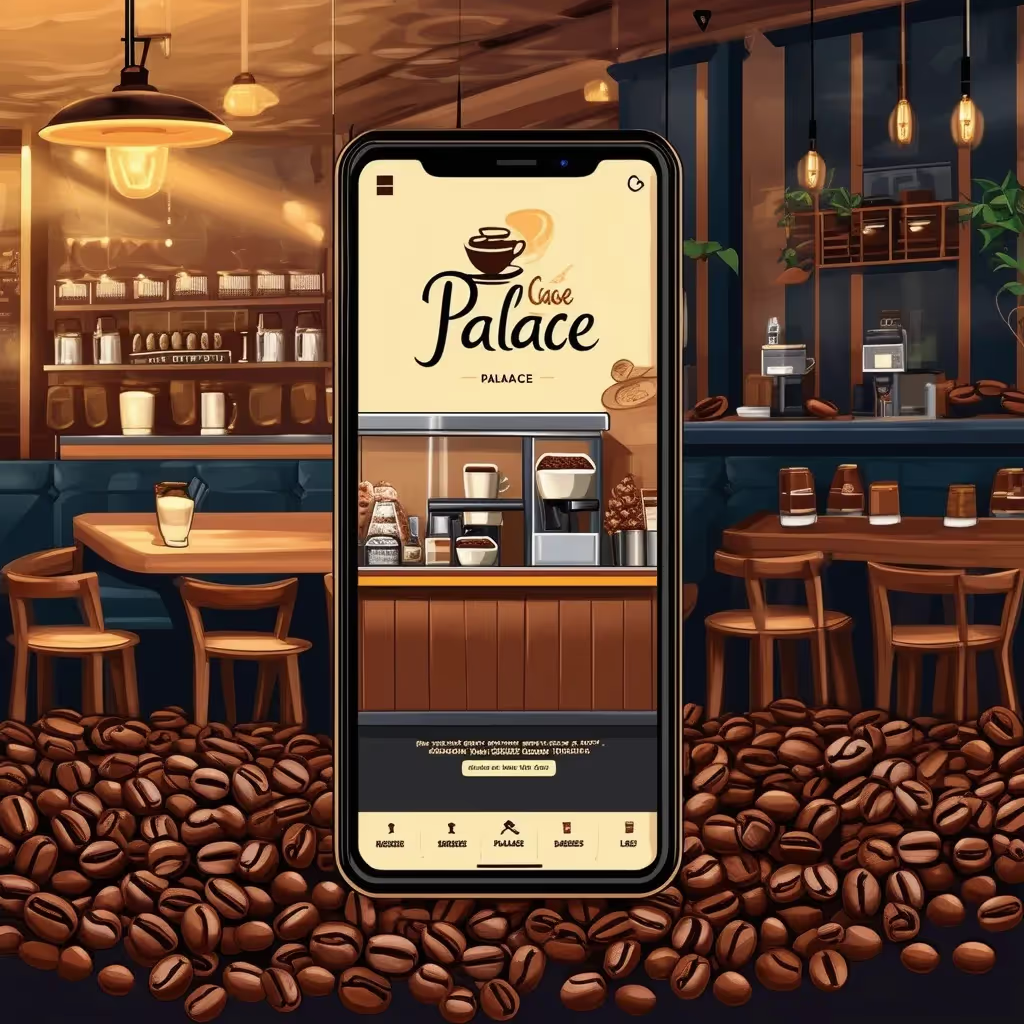
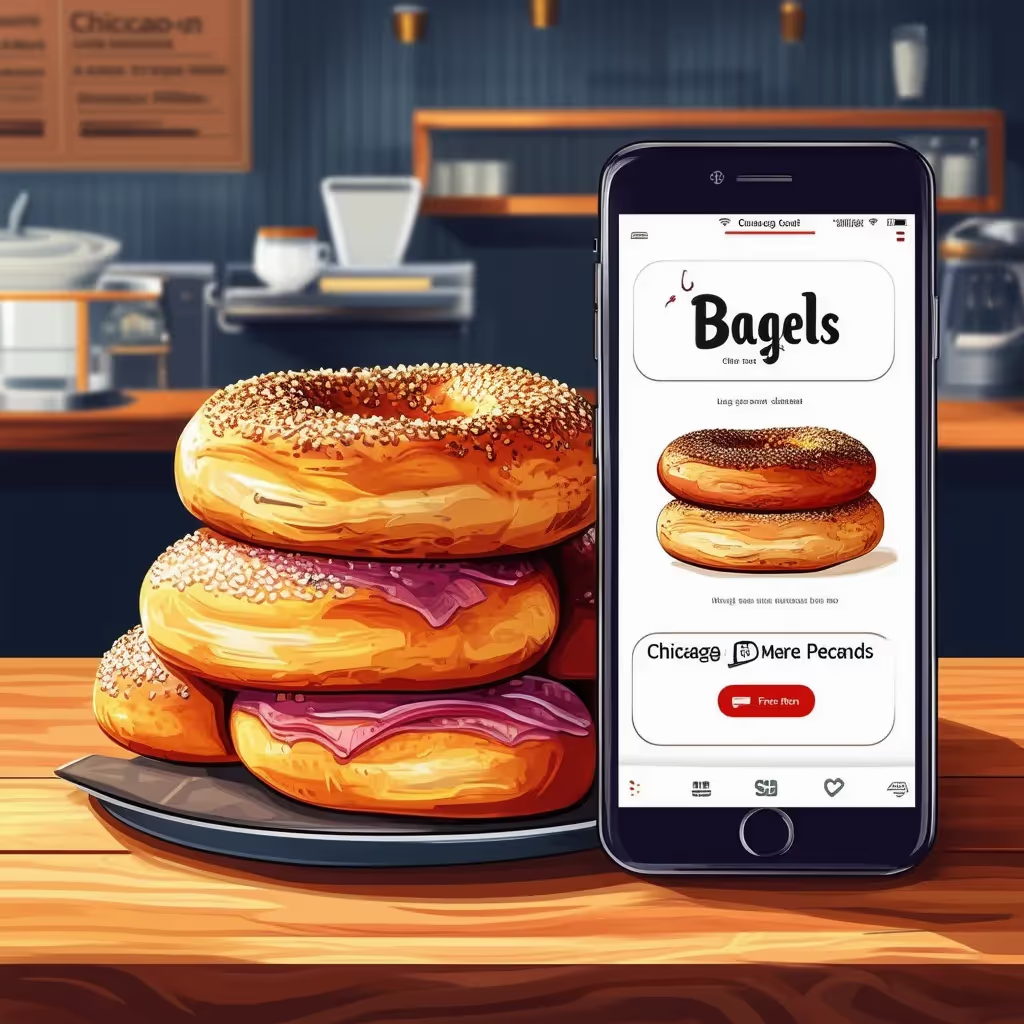
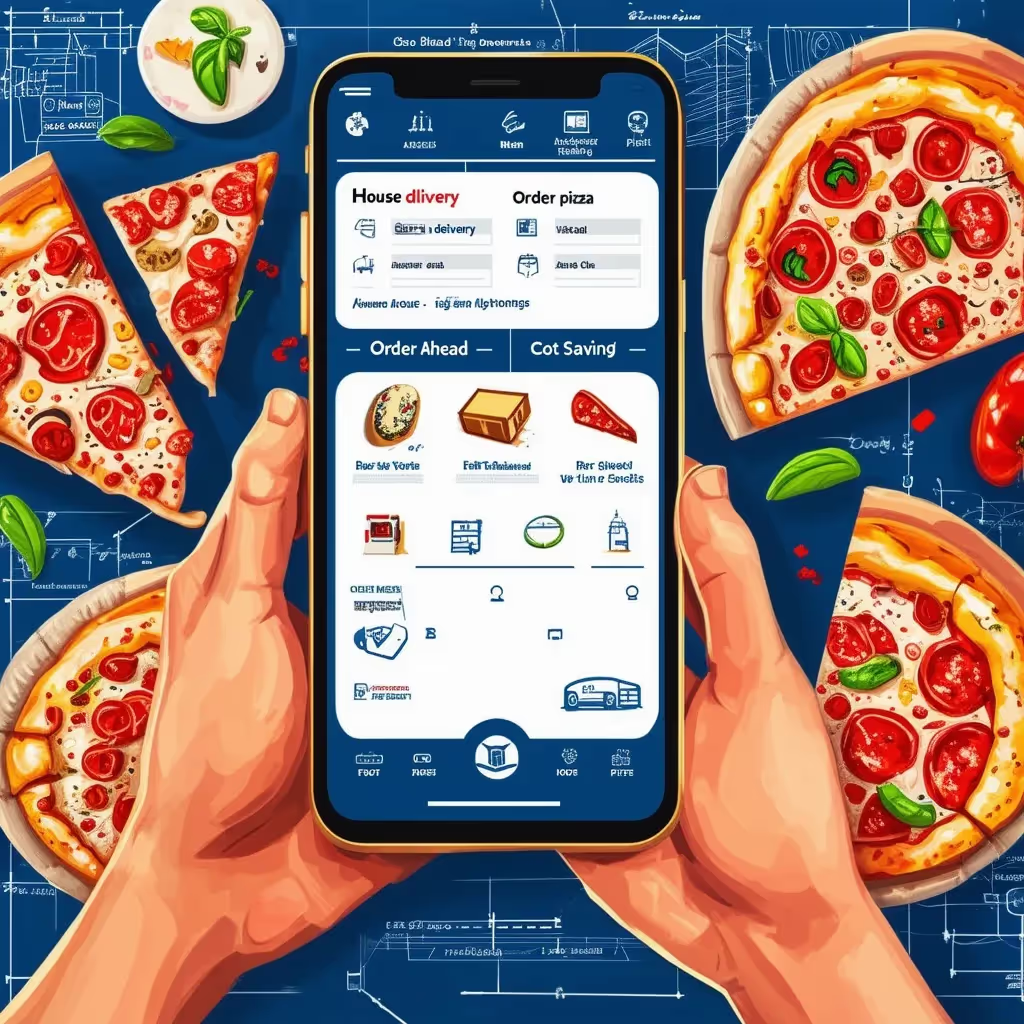

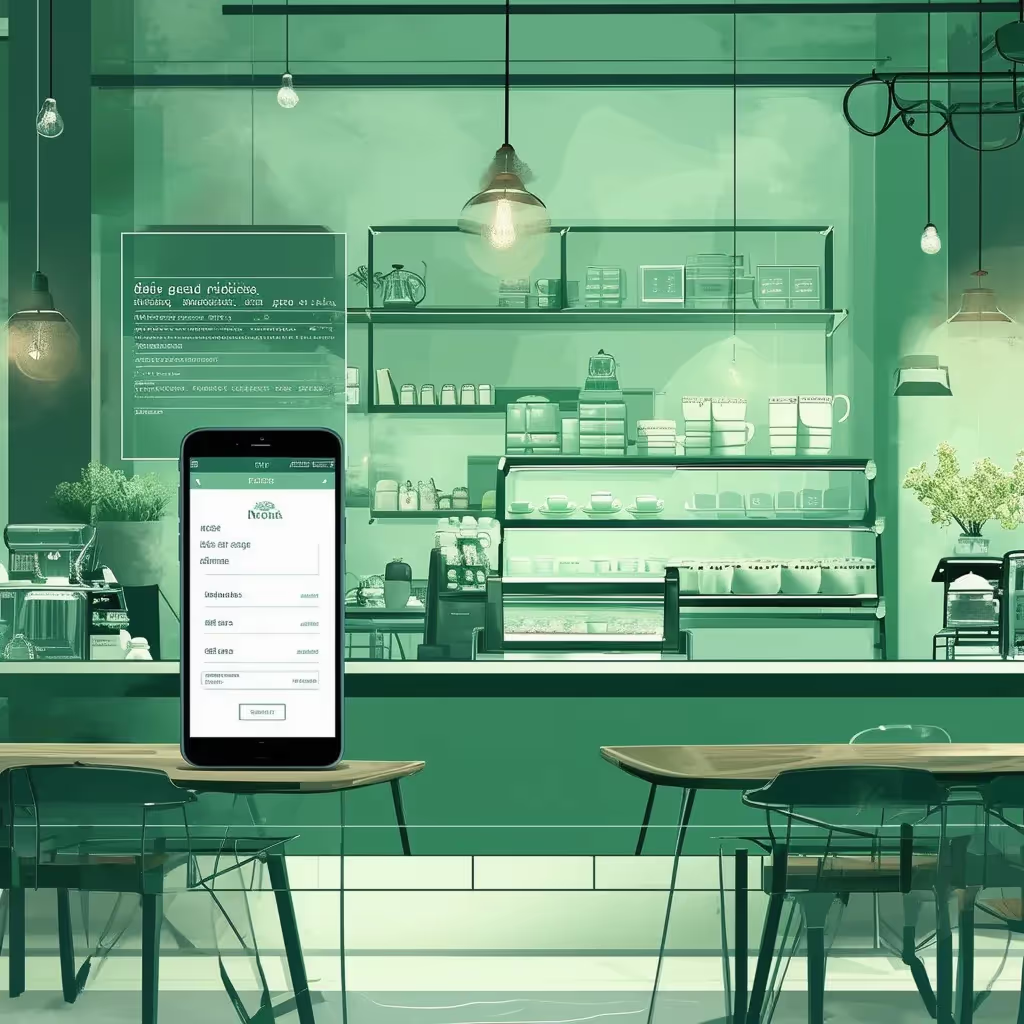


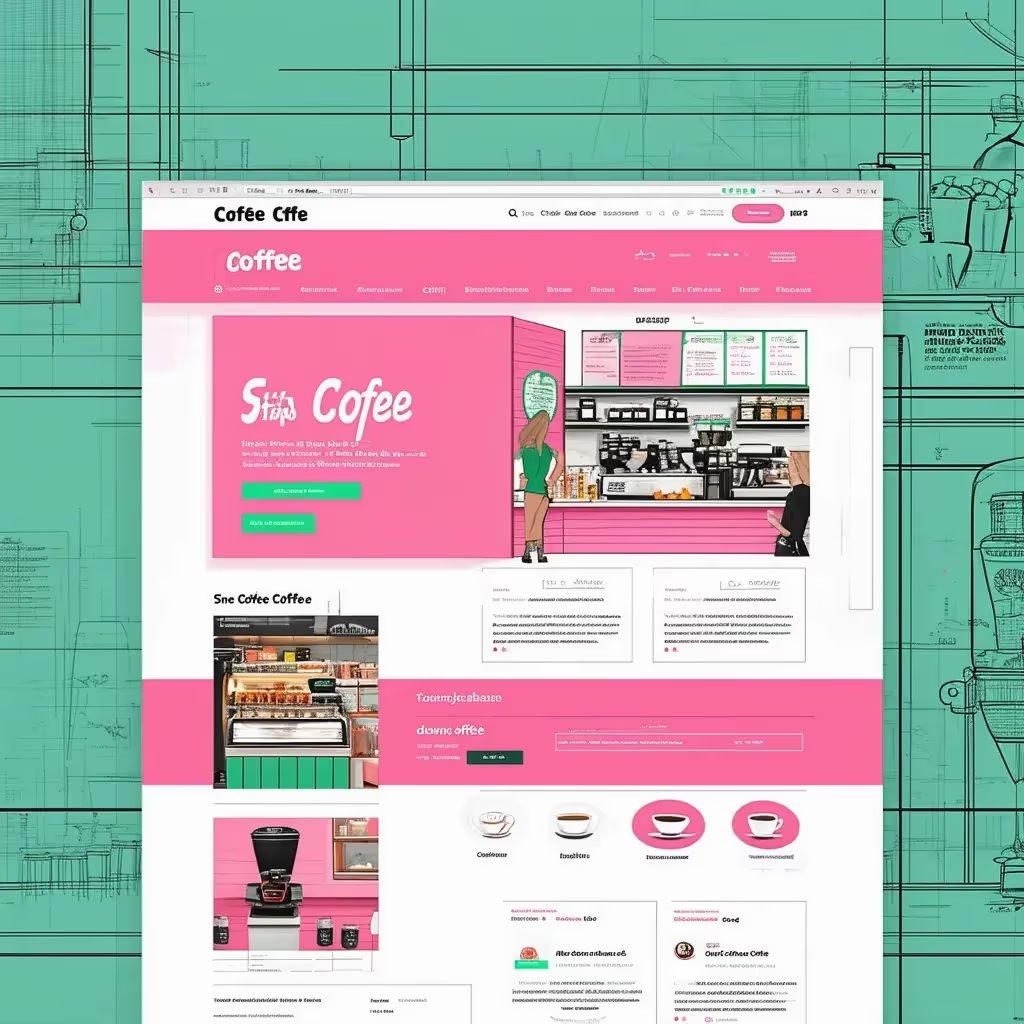
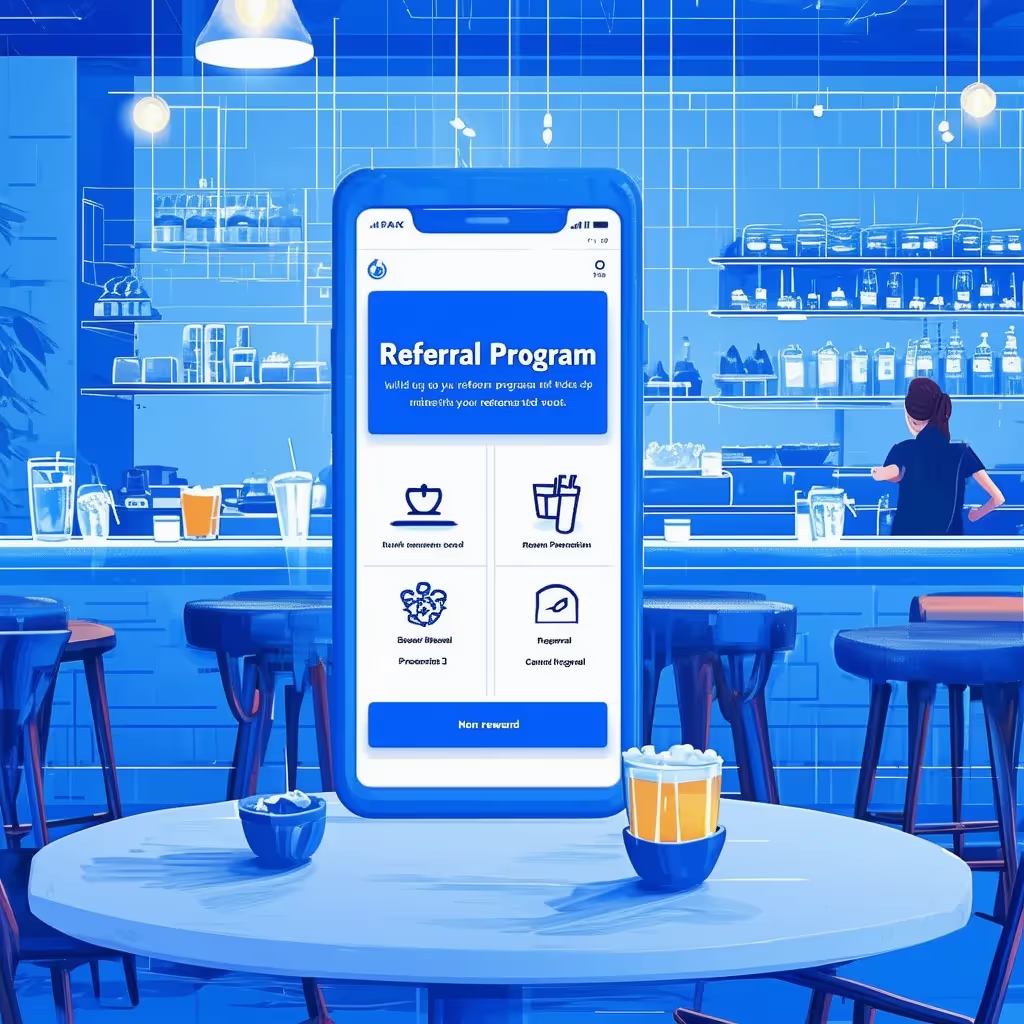


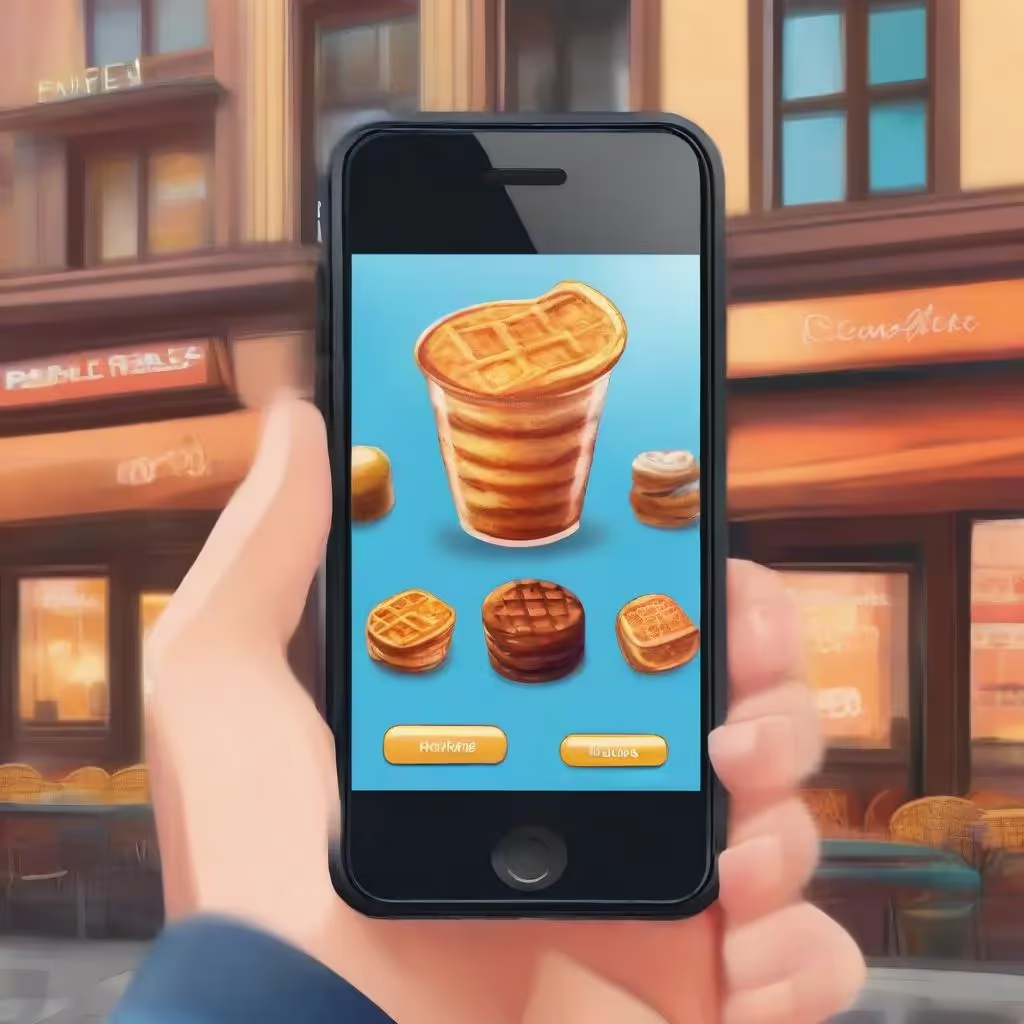

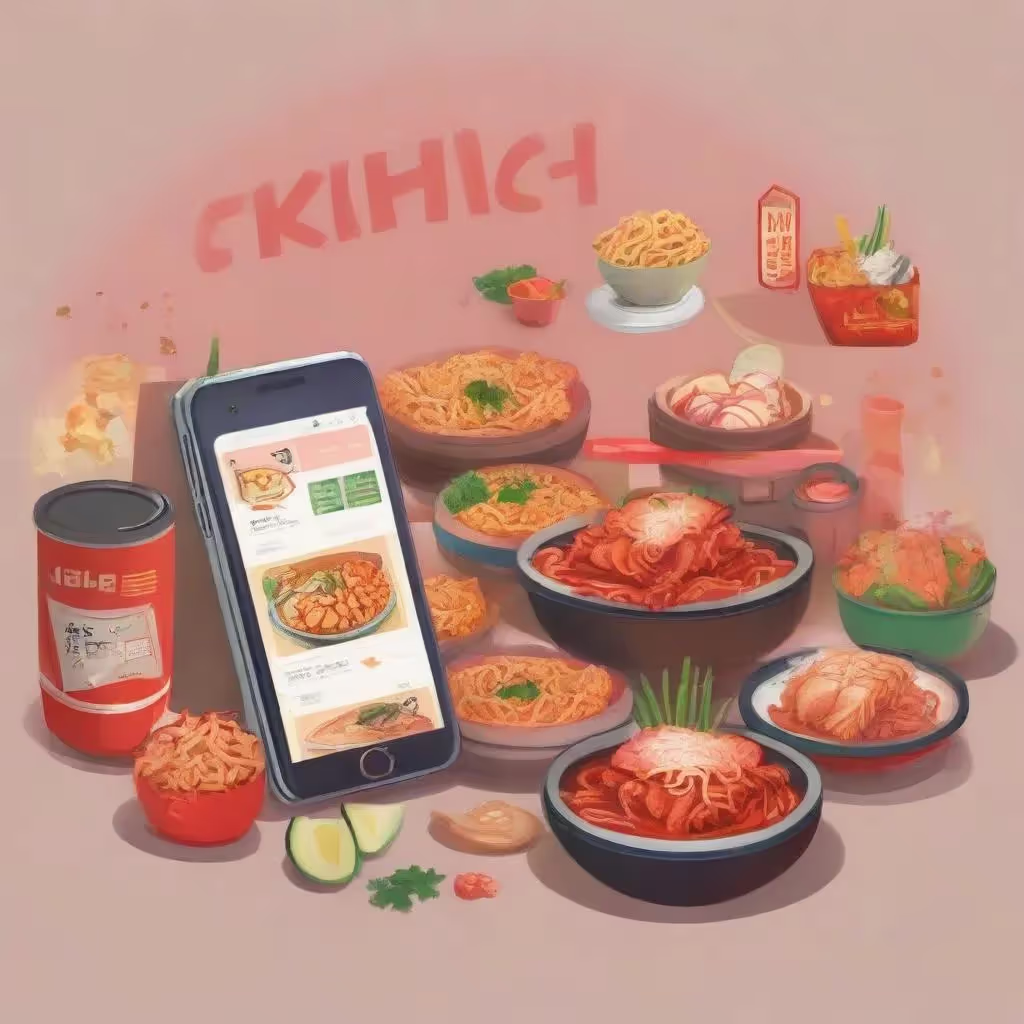
.avif)




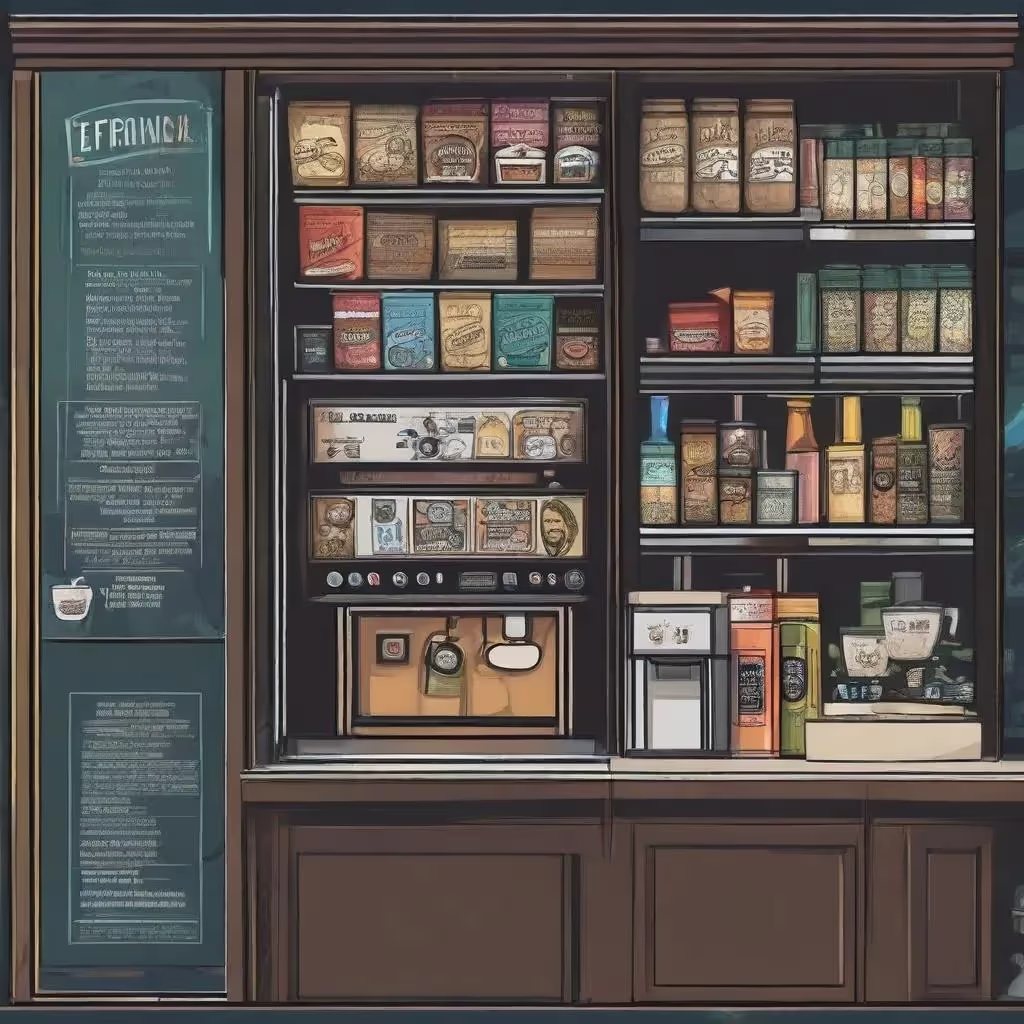



.avif)

